Suspension

If you lived during the muscle car era or have any experience with the E-body Mopars—’Cudas and Challengers—then you understand that these were factory rocket ships that were pure excitement to drive. Perhaps you recall those Plum Crazy 340 six-pack ’Cudas and 440 six-pack Challengers—they were hot back then, and they’re even hotter to own now.
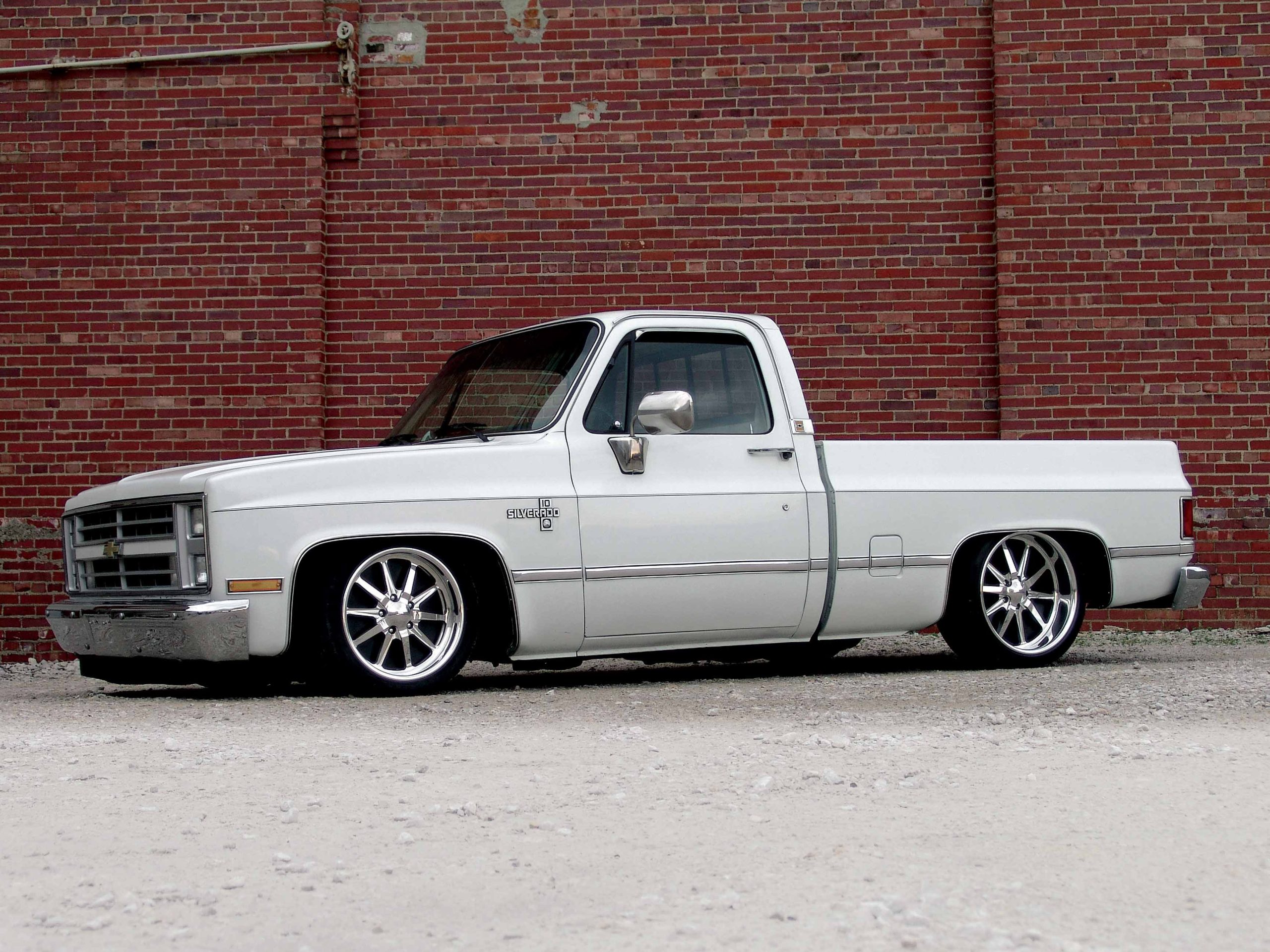
Lowering a truck usually involved cutting coils and shaving bump stops. Out back, the rear end was treated to lowering blocks, a few pulled leaf springs or heated coil springs. Over the years, manufacturers began to address these demands, as lowering coils, spring leaf blocks, dropped spindles and flip kits were offered. Times changed with the introduction of airbags, as owners were able to slam their pickups with full ride height adjustability. Air Ride Technologies (ART) is one of those companies offering quality suspension solutions for truck owners, with kits that fit specific applications.
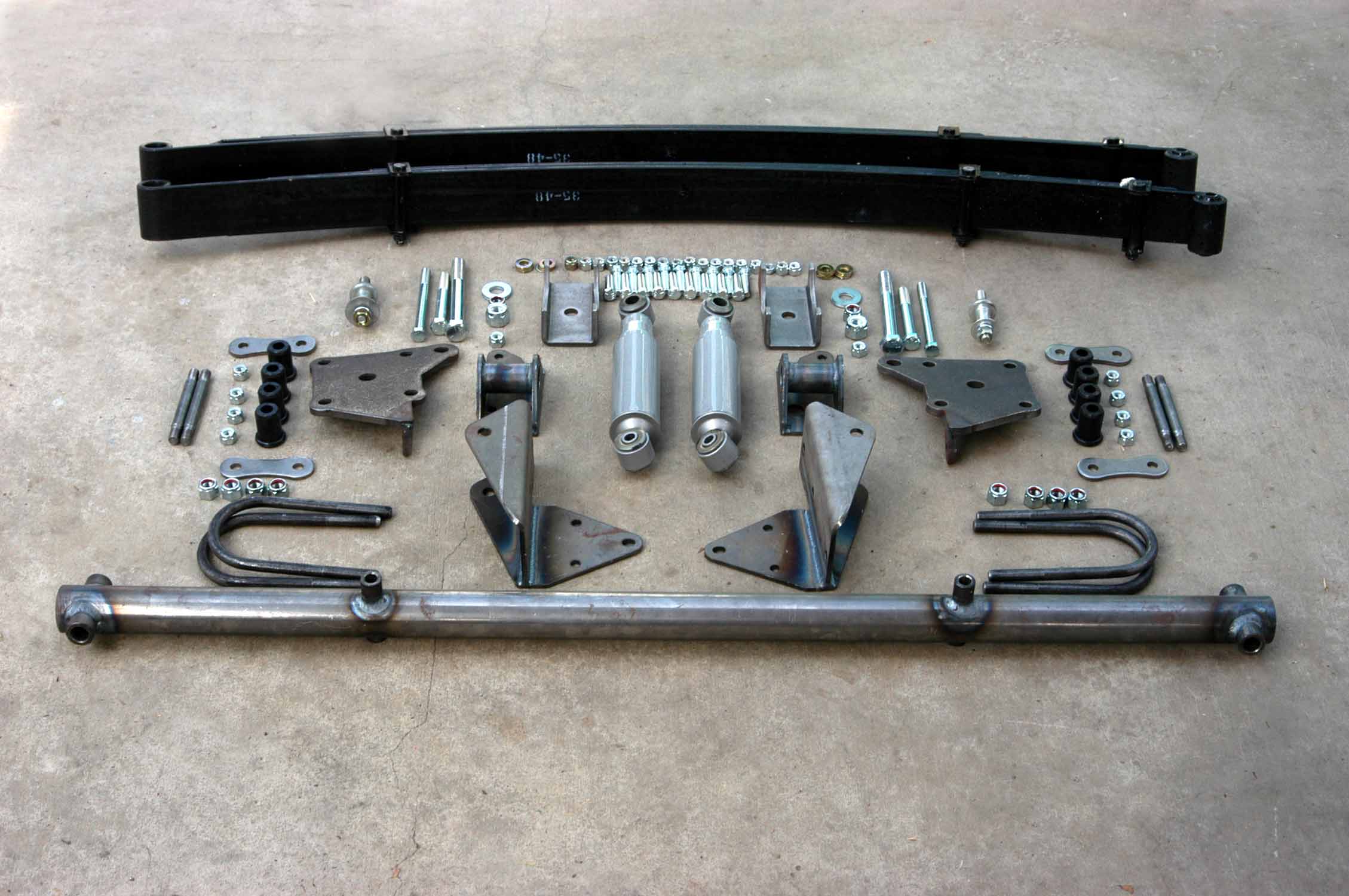
Dean Brown, a longtime rodder, was in the market for a new project car and stumbled across this ’52 Chevy panel truck, which turned out to be one of the original Helms trucks. The bakery cabinets had been removed but the body was in good condition, and it was still running with the original six-cylinder engine. Brown thought the truck was very cool, so he made a deal with its owner and drove it home. He formulated a plan of attack and started acquiring the parts he needed to turn it into a hot Chevy panel. The parts included a strong-running V-8 engine, a Turbo 350 transmission, a Fat Man Fabrications IFS front suspension and a new rear suspension that would provide a softer ride quality.
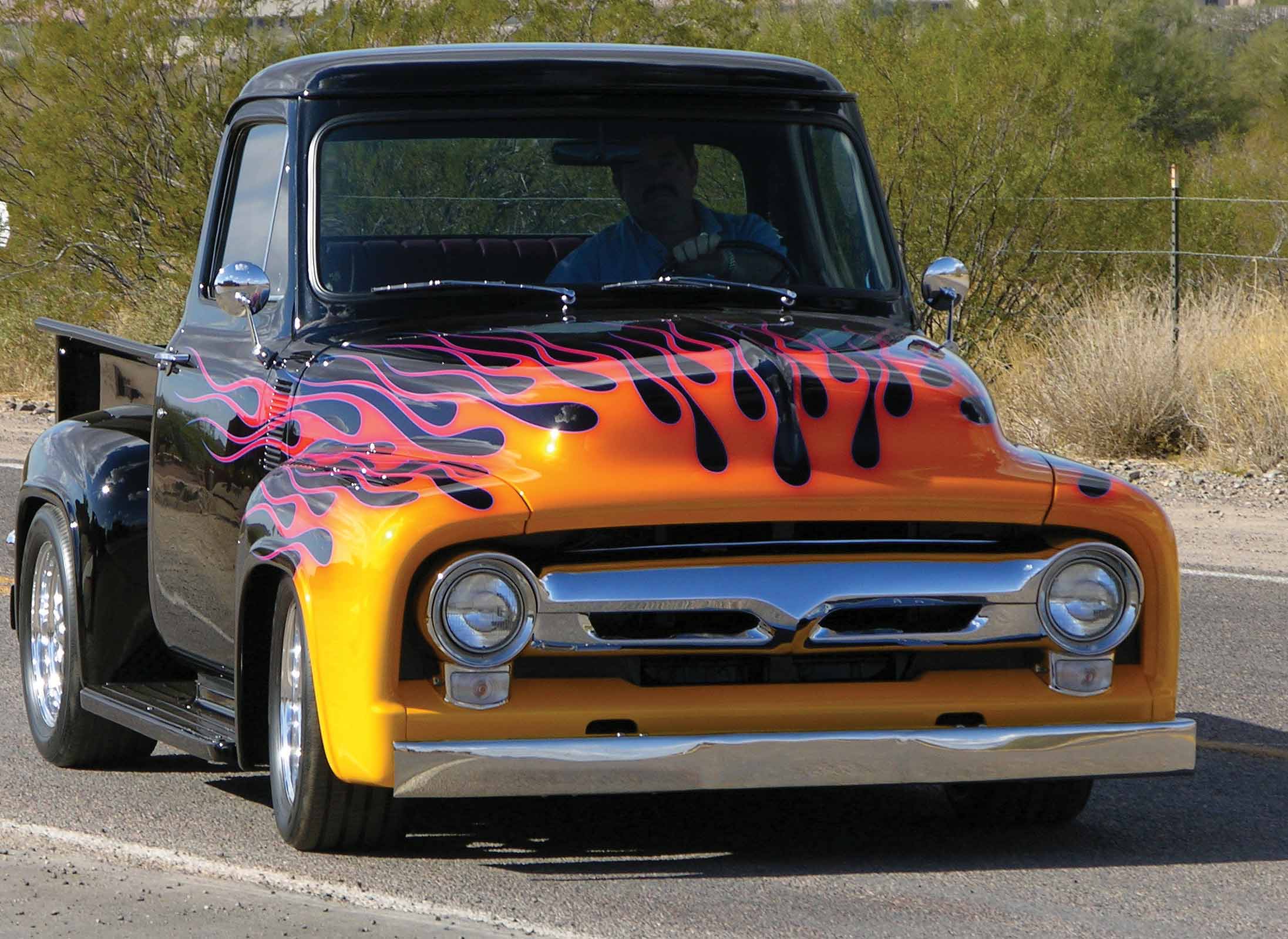
The pictured F-100 is a 1954 model, and it was purchased by Carl and Marianne Lewis from Milwaukie, Oregon, in 1992. The truck had seen better days, as it had been sitting out in the elements under an awning next to a storage shed. In primer, and with a transplanted 289 small block, the truck was partially disassembled as it sat on four flat tires. It had not been moved for some 10 years. Mel Nichols was hired for the much needed makeover, which took 3-1/2 years to complete.
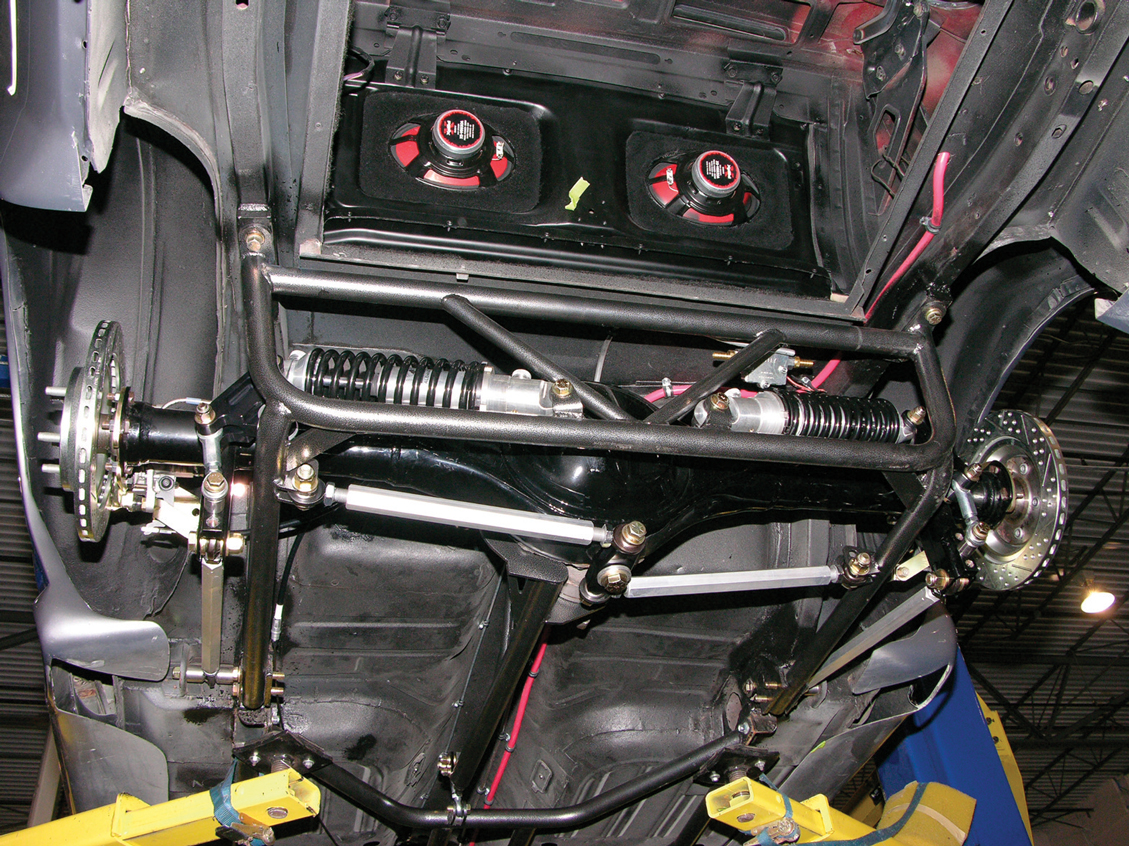
We’ve already tempted and teased our readers with a behind-the-scenes tour of the Unique Performance Shelby continuation cars—the GT 350SR and the GT 500E (Ford Builder, Mar. ’05, page 67). Many of you probably lust after one or both of these cars, but not all of us can afford to purchase one yet. And because of their limited numbers, their prices do, unfortunately, put them out of reach of many of us Ford enthusiasts. That’s the bad news. But there is good news; don’t assume that because you cannot buy a genuine continuation Shelby, you can’t build a car that drives just like one. Unique Performance sells not only the cars as complete packages, but they understand the situation quite clearly and have made available many of the individual parts and assemblies used to build their cars.
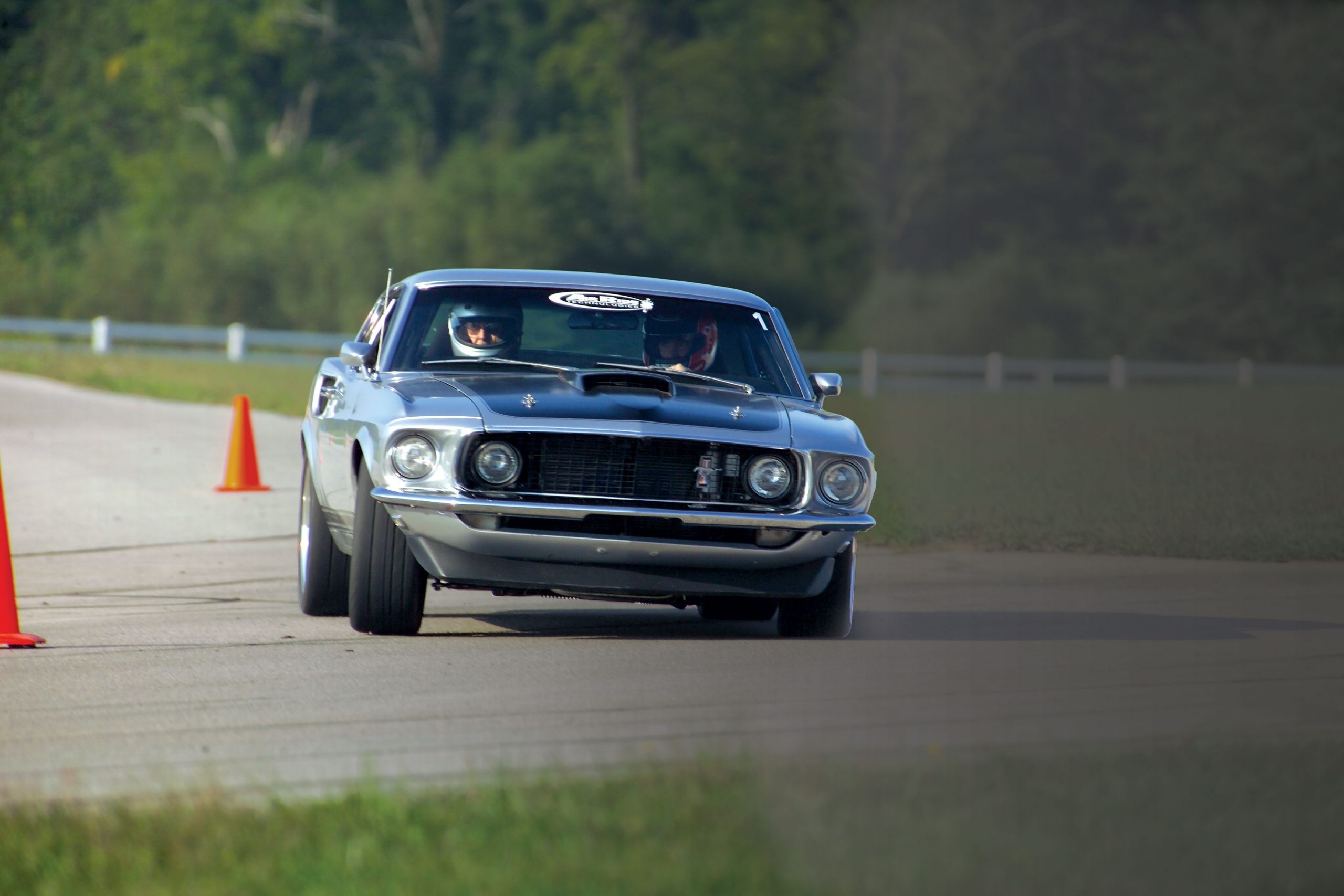
Although modifying a car to handle well can often seem like a black art, virtually every aspect of handling comes down to three things: the weight of the vehicle, the traction generated by the tires, and the distribution of weight on each particular tire at a given moment.
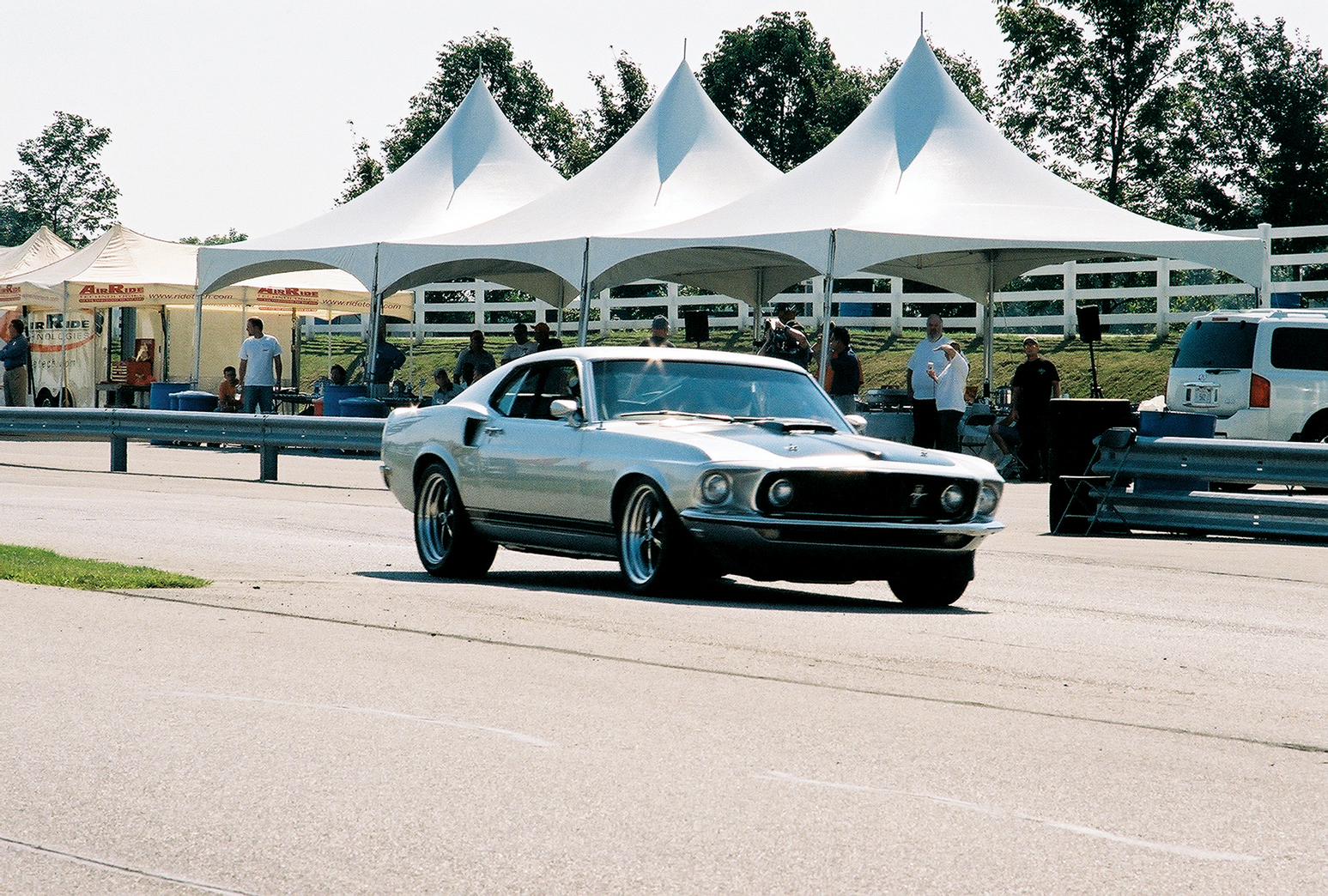
As much as it rankles Blue Oval fans, the early Mustangs used the same suspension as the Falcon and the Comet. It brings to mind cars powered by little six-bangers, dubbed “economy cars,” and not meant for the performance-minded-like a ’60s version of a Geo Metro or Yugo. Those who drove them loved and abused them, and quickly determined the limits of the factory suspension—especially with any power under the hood.
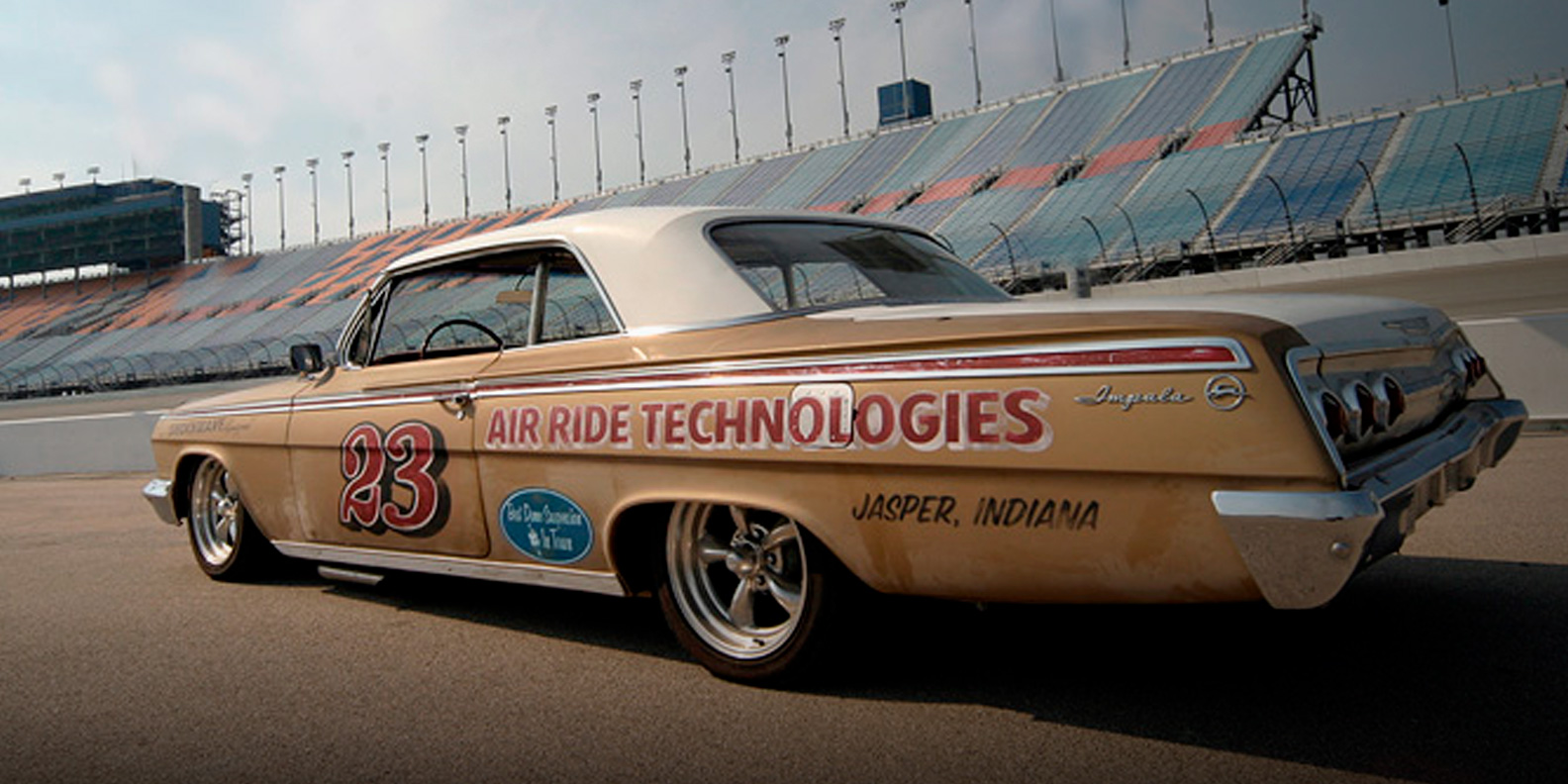
Chevy engineers began using trailing arm and coil spring rear suspension designs back in 1958, and in one form or another, this treatment ran through 1964 without much change. Good news for families but bad news for performance enthusiasts, the crossframe cars were remarkable in that they began an era in which suspensions concentrated more on ride quality than on nimble handling.
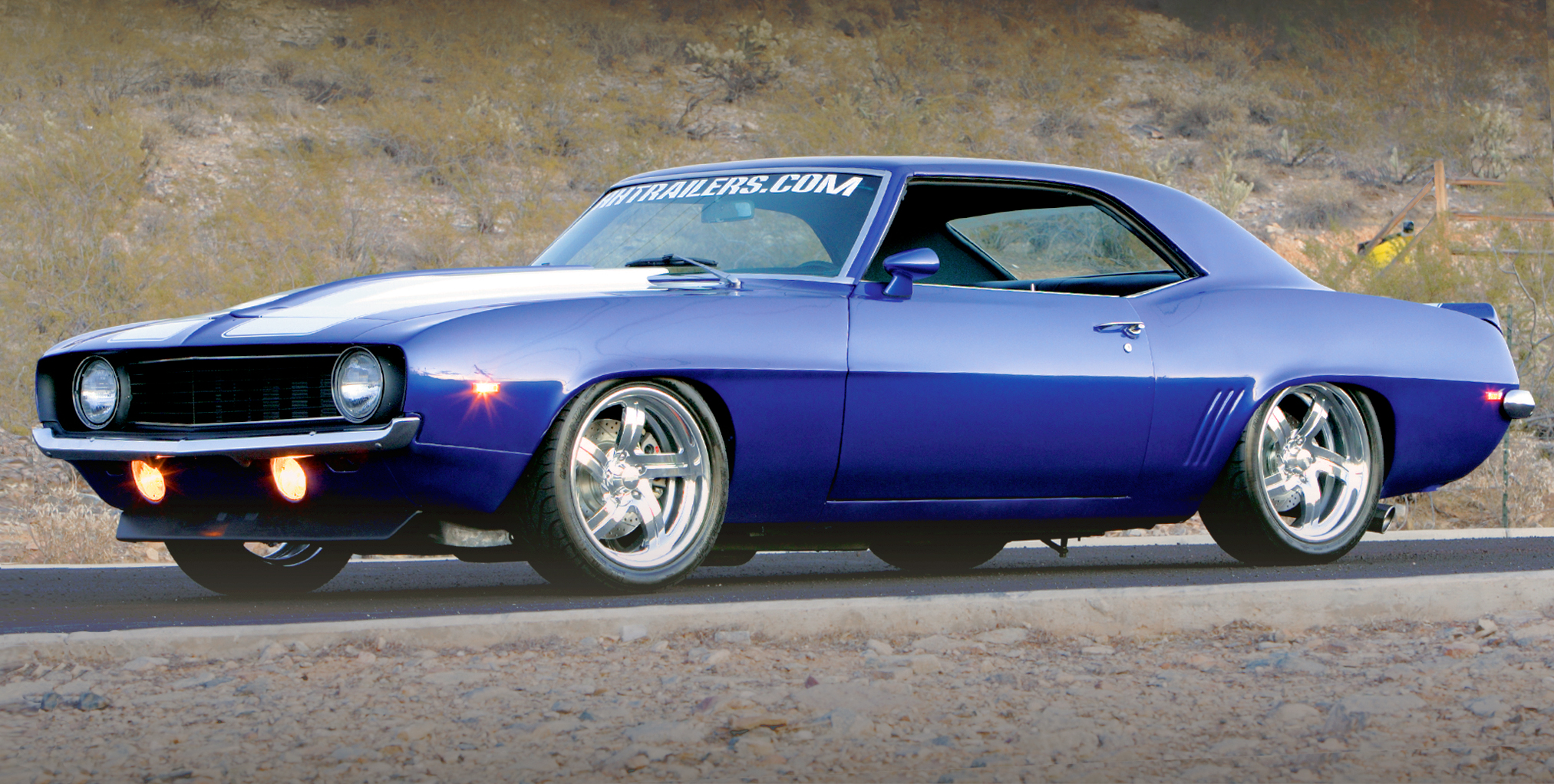
The late ’60s was a good time for automobile enthusiasts everywhere. For Chevrolet specifically, it remains a time when the company produced vehicles that are among the favorites of Bow Tie aficionados. Who wouldn’t want a ’67-’69 Chevy Chevelle, Nova or, of course, the ever-popular Camaro? The design of these vehicles, and many others from that era, has stood the test of time, and car manufacturers today are even reverting back to the styling cues of these classics when designing modern production cars.
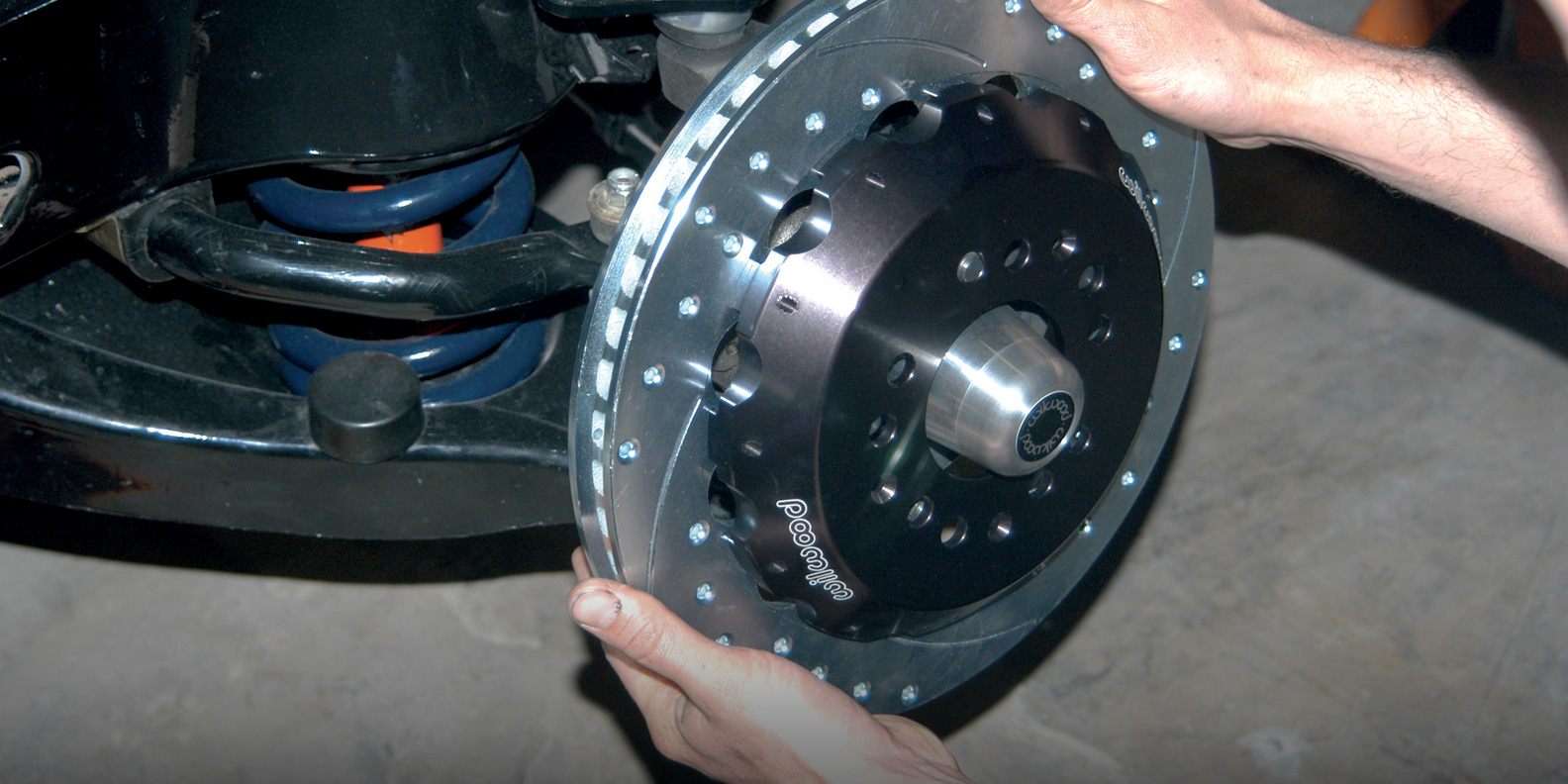
There’s no denying the popularity of Camaros; they have been a rodding favorite since their initial release in 1967. The first-generation Camaro has always been an enthusiast car because it is small, lightweight and had a sports-car-design feel to it. Underneath, the early Camaros were based on a Nova platform and featured many good mechanical attributes. Right from the start, they became a popular choice for teenagers and young adults, and most of the performance enthusiasts wanted the SS model that came with a choice of a strong-running small- or big-block engine. Things haven’t changed much, because they are still a popular choice for enthusiasts to restore or modify.












